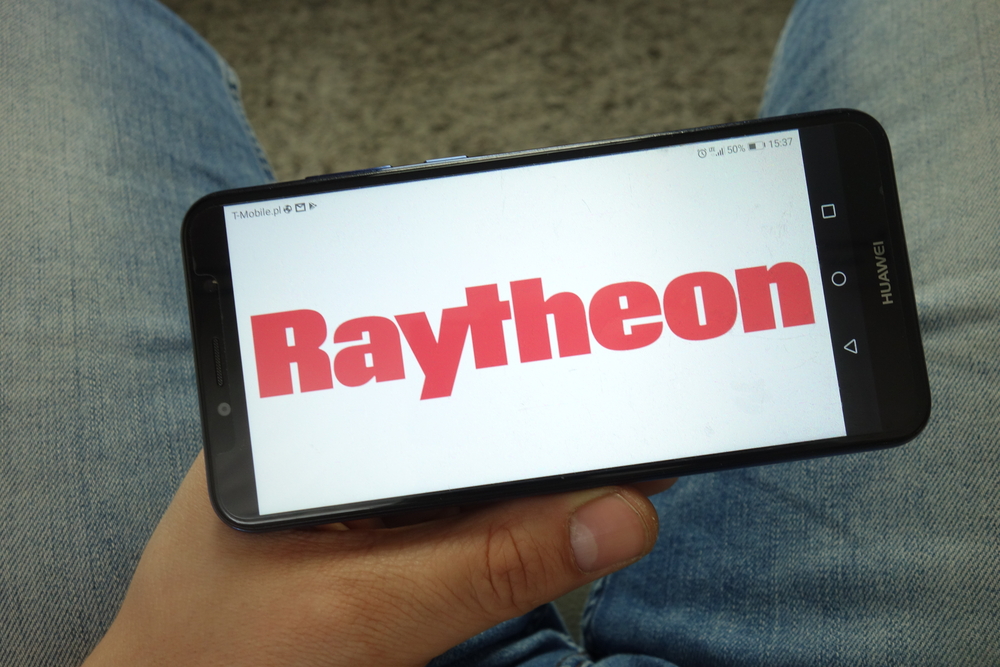
The United States Air Force (USAF) recently announced the awarding of a contract to Raytheon Technologies. Worth upwards of $985 million, this contract will focus on developing—and demonstrating—scramjet-powered hypersonic cruise missiles.
Most importantly, perhaps, the new contract will transition the Hypersonic Attack Cruise Missile, or HACM, program from the prototyping phase and towards basic operation as a combat weapon. In addition, the contract will cut the number of companies competing to finish such a weapon from three down to one. Last June (2021), the United States Air Force awarded three separate 15-month SCIFiRE contracts to Boeing, Lockheed Martin, and Raytheon to work on preliminary hypersonic cruise missile designs.
The company that won the contract and to continue on from this initial round of conception was Raytheon Technologies, who will go on to provide the USAF with its HACM program design. This will allow the military agency to prepare it for integration into fighter aircraft. The hope is that the weapon will be soon available for combat operations.
The USAF has also explained that their plan for the new HACM will be as an air-launched standoff weapon with the capability of hitting high-value targets in hotly contested combat environments. As an air-launch ballistic, the weapon could be fired remotely, from far outside the reach of enemy air defense operations. At the end of the day, the agency hopes to be able to use a functional HACM weapon in combat situations by fiscal year 2027.
Indeed, as USAF Chief of Staff of Gen. CQ Brown notes, “HACM is a powerful example of developing and integrating combat capabilities alongside our partners from the beginning. HACM will provide our commanders with tactical flexibility to employ fighters to hold high-value, time-sensitive targets at risk, while maintaining bombers for other strategic targets.”
Hypersonic weapons—including the HACM—can fly through the air at several times the speed of sound, hence their name. What is more attractive about them, however, is the fact that they can make mid-flight maneuvers, which means they are harder for enemies to track and defend than other types of ballistics.
